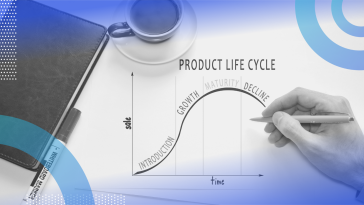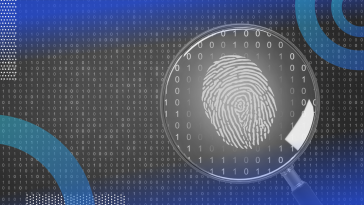Sort By
Most Recent
228 Articles
Product lifecycle management (PLM) is the process of maintaining and managing the performance and functionality of a product from its inception through its retirement.
Product discovery is a process typically undertaken by product teams, UI/UX researchers, UX designers, UI designers and company stakeholders.
Burn rate is a calculation used to determine the rate at which a new company is spending capital to finance its overhead costs before generating positive cash flow.
Product development is the complete process of launching a new product to market or improving an existing product to better meet user needs.
Product analytics allow companies to assess the performance of a product or feature after it has been built and launched.
Digital forensics is the process of preservation, identification, extraction and documentation of evidence contained within a computer that can be used as evidence in a variety of contexts.
Network security describes a combination of technologies, devices, processes and policies used to protect the confidentiality, integrity and availability of networks and data.
Accounting is the process of assessing, recording and communicating all information regarding financial transactions for an organization or an individual.
Multivariate testing is a technique used to test a hypothesis against multiple modified elements within a product, web page or software.
Information security is a set of cybersecurity practices and processes initiated by an organization and its staff to keep data secure from unauthorized access and alteration during storage and transmission.
Healthcare IT refers to the role that information technology plays in healthcare administration.
Technical support refers to the oversight and maintenance of computer hardware and software systems, particularly the resolution of technical issues that may arise regarding customer accounts or company software infrastructure.












